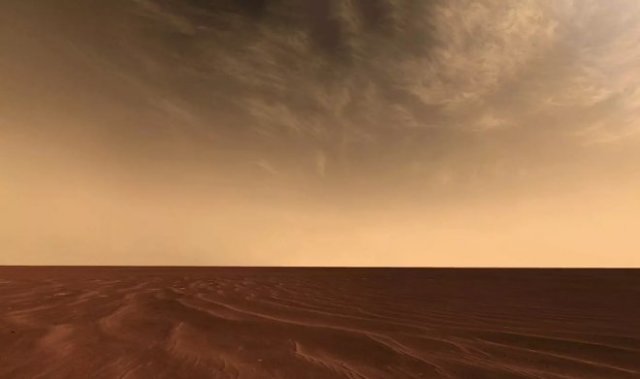
Clouds on Mars
If you often have your head in the clouds, then NASA has a job for you! In an effort to unravel the mysteries of the Martian atmosphere, the space agency decided to enlist the support of the public in a new project Cloudspotting on Mars. On the Zooniverse civil science web portal, anyone can try their hand at finding Martian clouds in the data collected by the Mars Climate Sounder (MCS), an instrument on board the Mars Reconnaissance Orbiter. It's simple: clouds appear in arches on the infrared data of the orbiter, and you mark them on the four frames presented. It sounds boring, but in fact it's surprisingly addictive, and as a bonus — a sense of belonging to something important.
The scientific community believes that the surface of Mars was covered with reservoirs billions of years ago. Now its surface is cold, dry and deserted. But if there really was a lot of water on Mars in the past, then its atmosphere should have been much denser. No one knows exactly why it was lost, although there are some theories: for example, that water, being high in the atmosphere of Mars, breaks up into hydrogen and oxygen under the influence of solar radiation, and hydrogen is carried away due to its low weight. By studying the atmosphere of Mars with its water clouds and carbon dioxide vapors, scientists hope to better understand what causes the formation of clouds, how much water enters the atmosphere and at what times of the year.

Clouds on Mars
It is not entirely clear why the brightest minds of space exploration did not come up with an algorithm that could quickly analyze all this data better than casual amateurs. But the search for Martian artifacts is really addictive, so it's worth a try.
